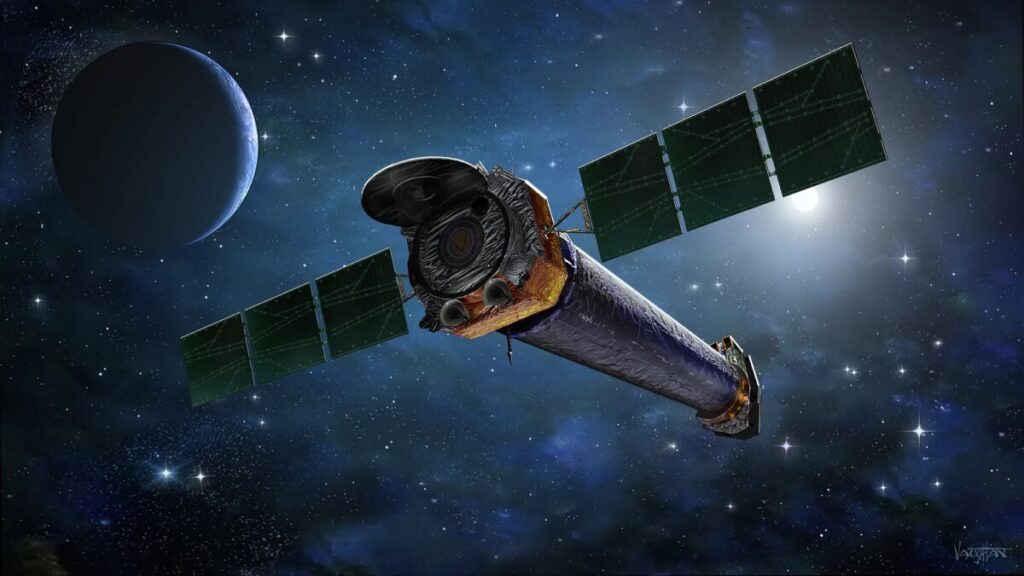NASA is exploring the possibility of reducing the budgets for two of its most prominent space telescopes, the Chandra X-Ray Observatory and the Hubble Space Telescope, amid broader funding challenges facing its astrophysics programs.
Mark Clampin, the director of NASA’s astrophysics division, presented this consideration to the National Academies’ Committee on Astronomy and Astrophysics on October 13. These budget reductions are seen as necessary to allocate resources to other critical priorities within the division due to the expectation that the division will not receive the full requested budget of nearly $1.56 billion for fiscal year (FY) 2024. This expectation is driven by legislation passed in June, which places a cap on non-defense discretionary spending for 2024 at 2023 levels with only a 1% increase for 2025.
While the specifics of the budget cuts have not been disclosed, Clampin emphasized that they are still under examination. He recently made a “positive adjustment” for Chandra and suggested that more changes might follow. The decision to reduce these budgets is mainly attributed to the missions’ age and ongoing challenges. Chandra’s exterior insulation is degrading, leading to increased operational difficulties. Although Hubble does not face such issues, it has been in operation since 1990 and represents a significant portion of the astrophysics budget.
Clampin stated that “mini senior reviews” are planned for Chandra and Hubble in May 2024, after the release of the fiscal year 2025 budget proposal. These reviews will determine whether and how to extend the missions of science spacecraft that have completed their primary objectives.
Any savings resulting from these cuts will be redirected to other astrophysics priorities, such as the Nancy Grace Roman Space Telescope, technology development, international partnerships, and early work on the Habitable Worlds Observatory, a flagship astrophysics mission.
Clampin also mentioned that NASA is considering “small reductions” to other operating missions and technology development spending. These measures aim to safeguard against potential severe cuts in the field of astrophysics, as budget allocations for fiscal year 2024 remain uncertain.
The Senate has proposed a commerce, justice, and science (CJS) spending bill for fiscal year 2024, allocating $1.544 billion for NASA’s astrophysics, slightly below the agency’s request but higher than its 2023 budget of $1.51 billion. However, the House has not yet released details of its CJS spending bill, leaving the future of astrophysics funding uncertain.


